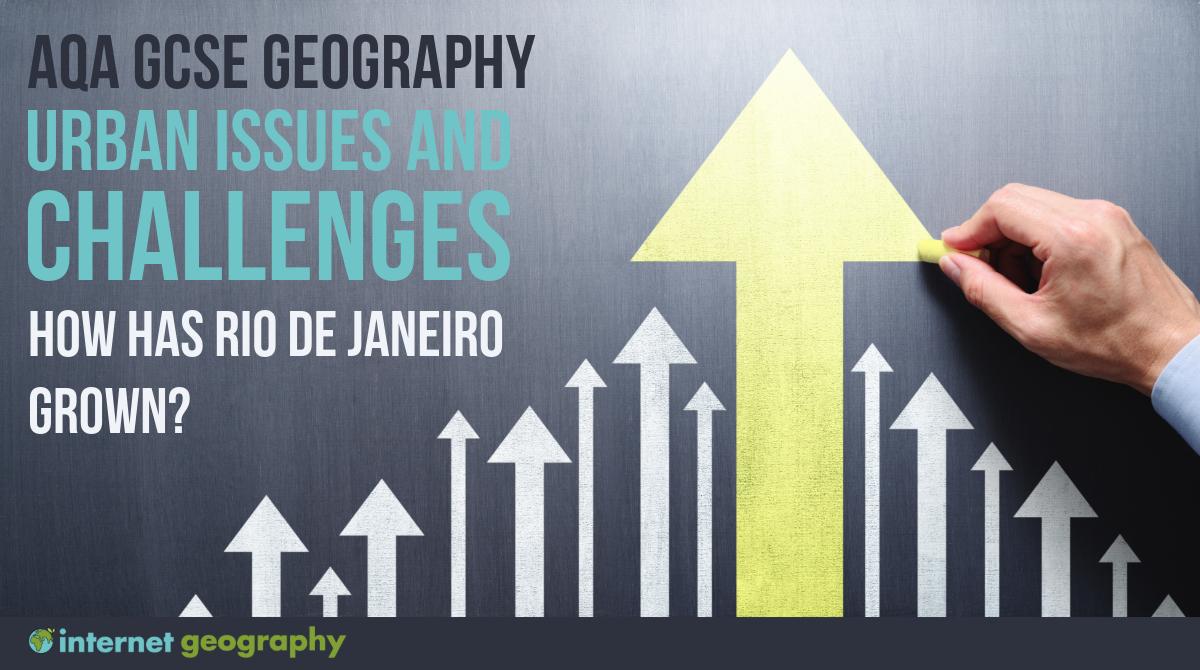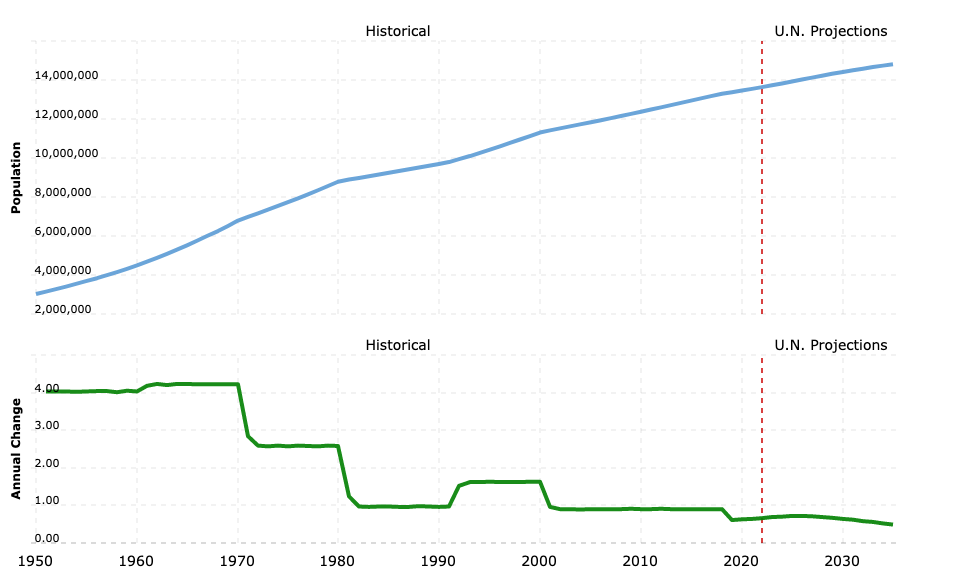How has Rio de Janeiro grown?
AQA GCSE Geography > Urban Issues and Challenges > Rio de Janerio > How has Rio de Janeiro grown?

How has Rio de Janeiro grown?
Rio de Janeiro is Brazil’s second-largest city (second to Sao Paulo). Rio’s population is growing rapidly. Since the 1950s, the population of the city has more than trebled. As a result, Rio de Janeiro has an estimated 2020 population of 6.48 million. The metro population (surrounding area under the same local government) of Rio de Janeiro is much larger, however, with 13.5 million residents in 2021.
Over the last 50 years, Rio has grown to become a major administrative, industrial, commercial, and tourist centre.
Migration
Migration is the movement of people from one area to another to settle. Approximately 65% of Rio’s population growth over the last 150 years is due to migration. People have migrated from elsewhere in Brazil and from abroad.
International Migration
In the late 19th century, most international migrants to Brazil came from Portugal, the country’s former colonial ruler. Many Portuguese settlers became shopkeepers and traders. During the same period, enslaved people were forcibly brought from African nations to Brazil. In the early 20th century, migrants fleeing political and economic instability in the Middle East, particularly from Syria and Lebanon, also arrived.
Later in the 20th century, significant numbers of German and Japanese migrants moved to Rio, driven by a labour shortage on Brazil’s coffee plantations. In recent decades, the city has attracted skilled workers from countries such as the USA and the UK. Migrants from South Korea, the Philippines, and China have also arrived, often seeking business opportunities. Portuguese remains a common language, continuing to draw migrants from Portugal.
Internal Migration
Today, most migrants to Rio come from other regions of Brazil, especially rural areas. Internal migration accounts for up to two-thirds of the city’s population growth. Many of these migrants are drawn to Rio by the city’s economic opportunities and improved services, while others are forced to move due to adverse conditions in their home regions.
Groups of internal migrants include:
- Former miners from the inland state of Minas Gerais
- Farmers escaping droughts in north-eastern Brazil
- Indigenous peoples displaced from the Amazon due to deforestation
These migration patterns have contributed to Rio’s diverse population, which is approximately 55% of European descent, 31% of African descent, and 14% of indigenous descent.



